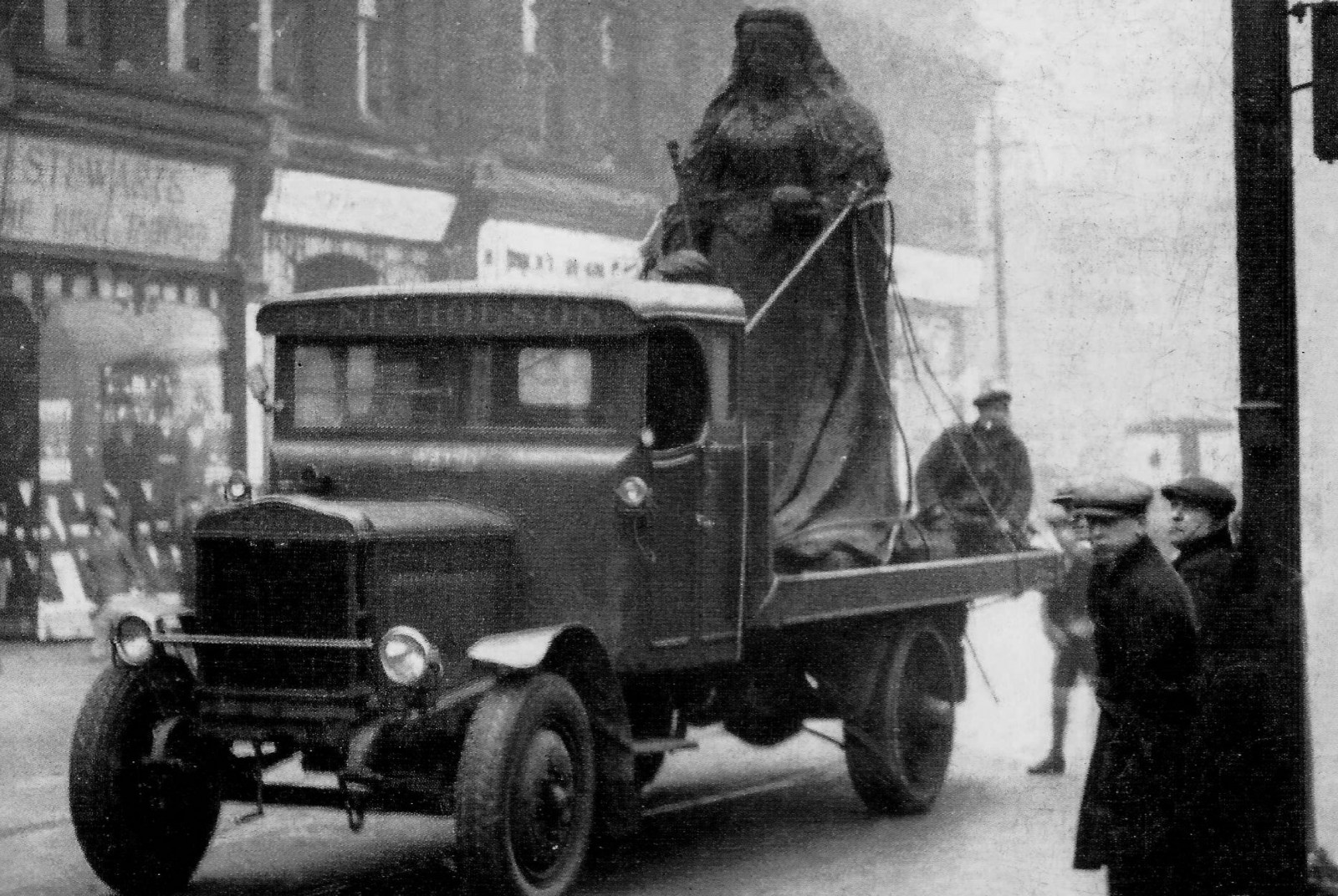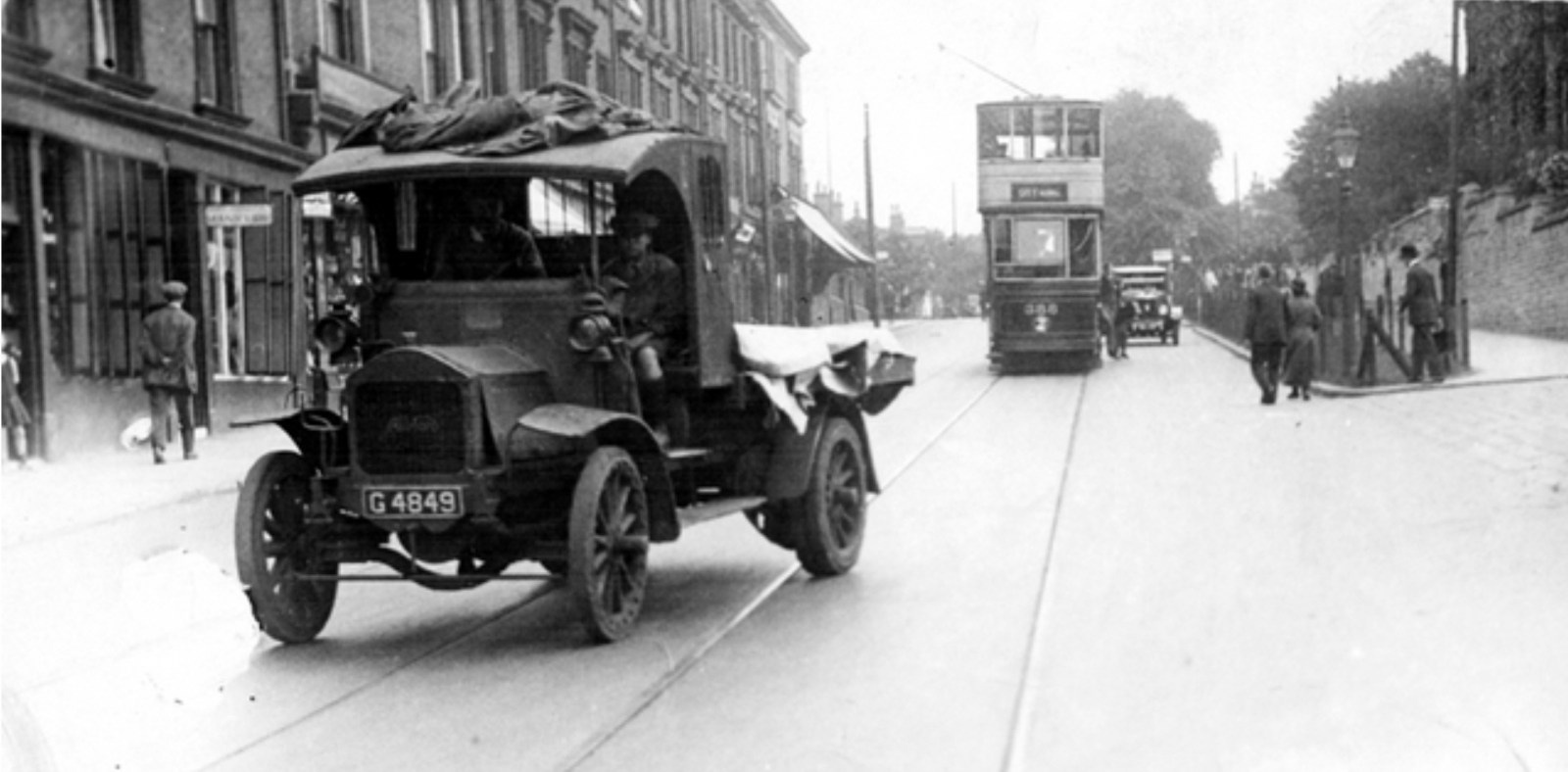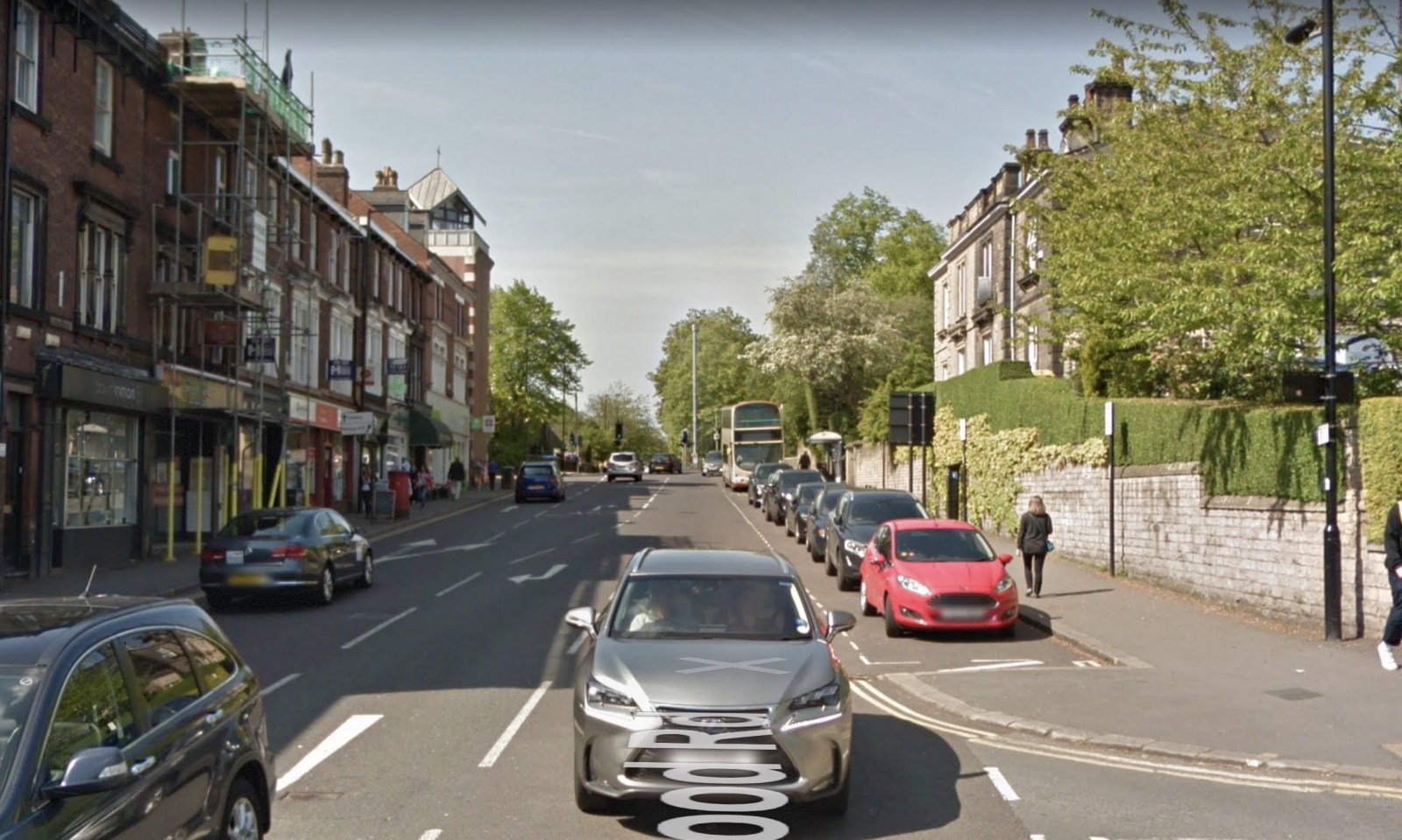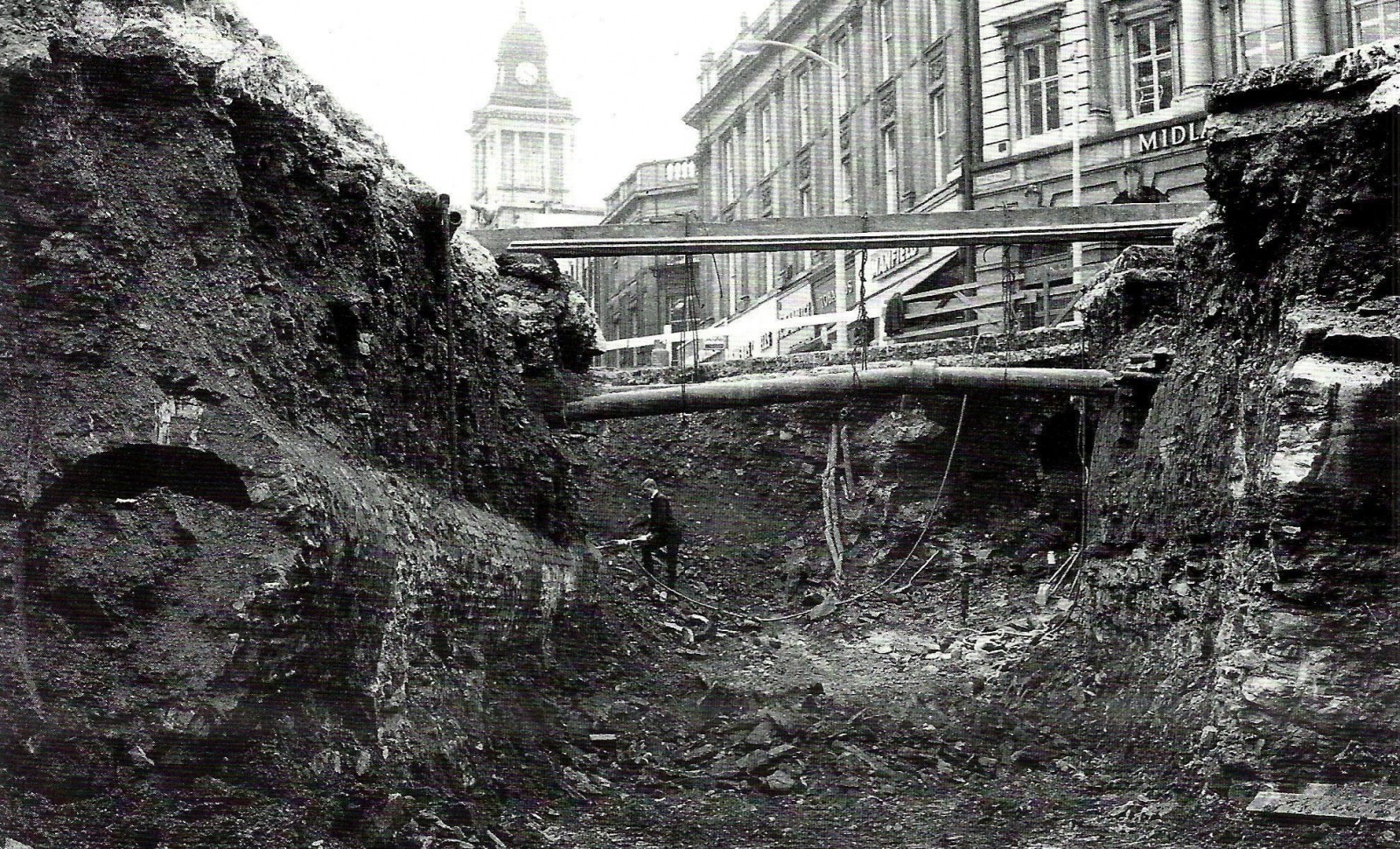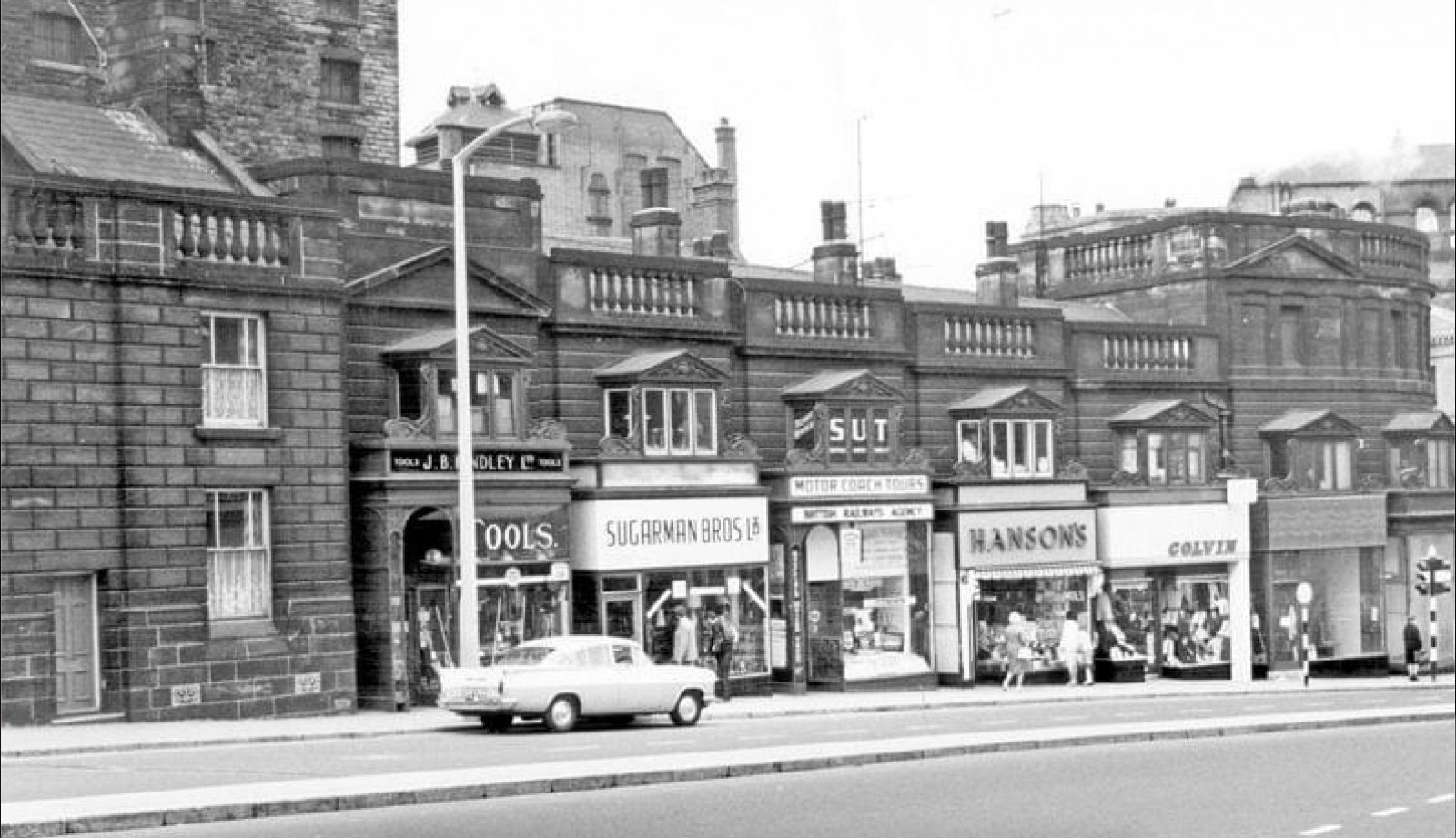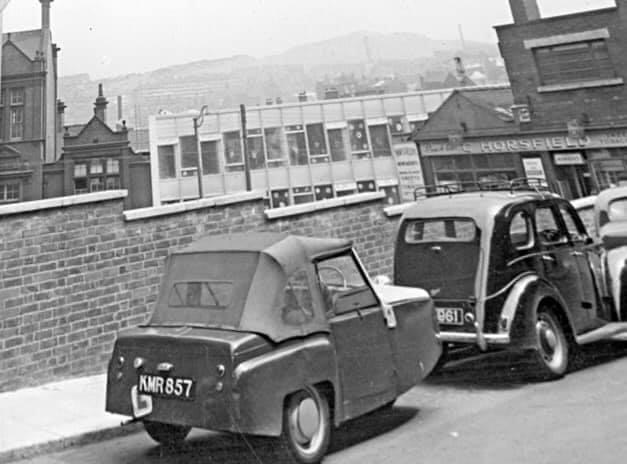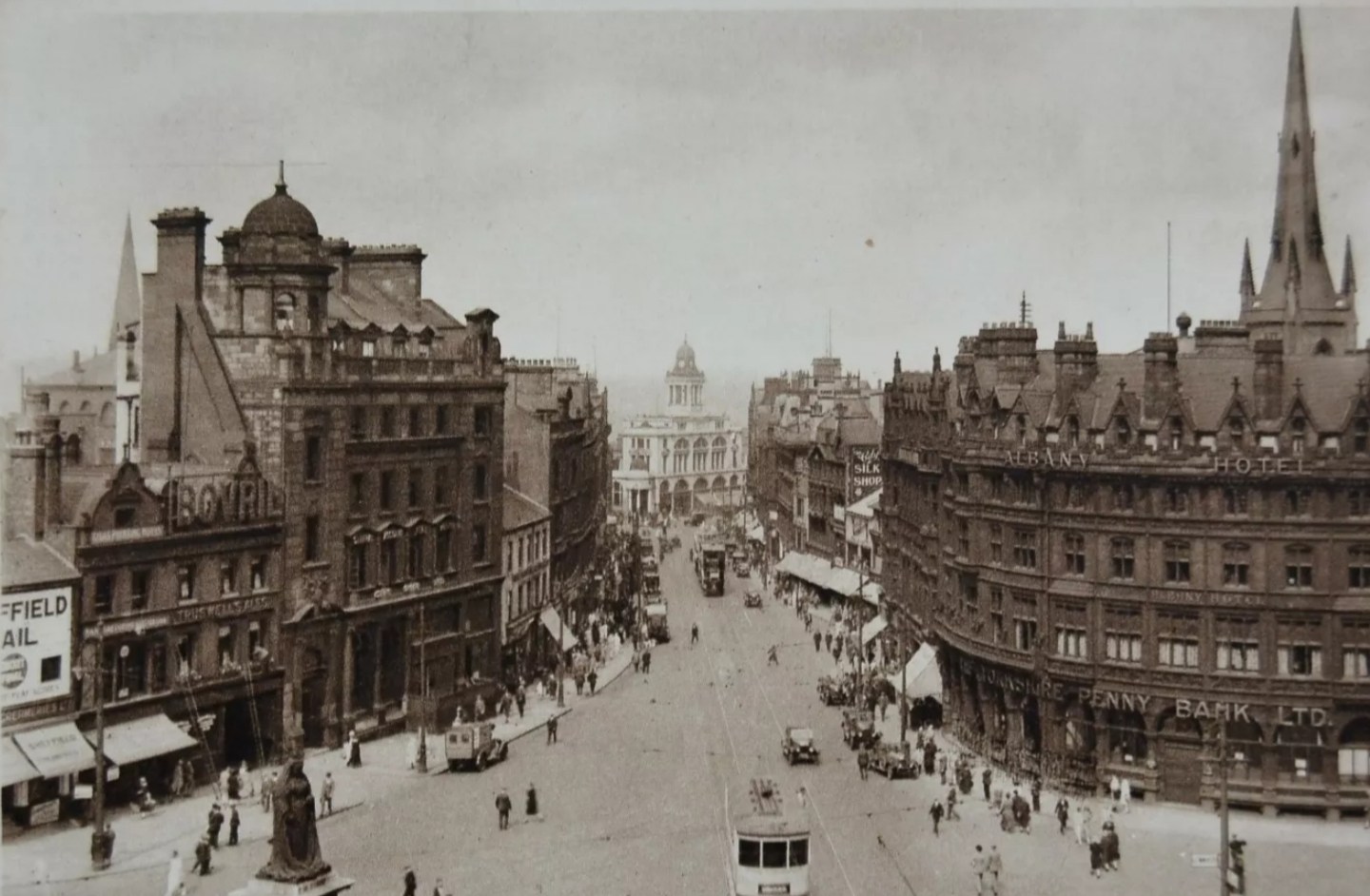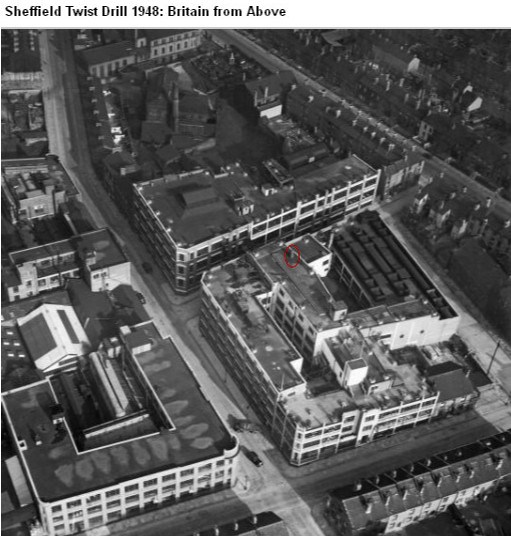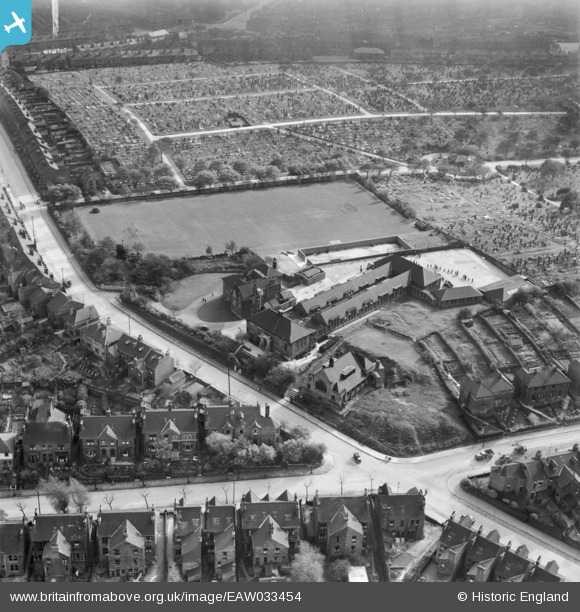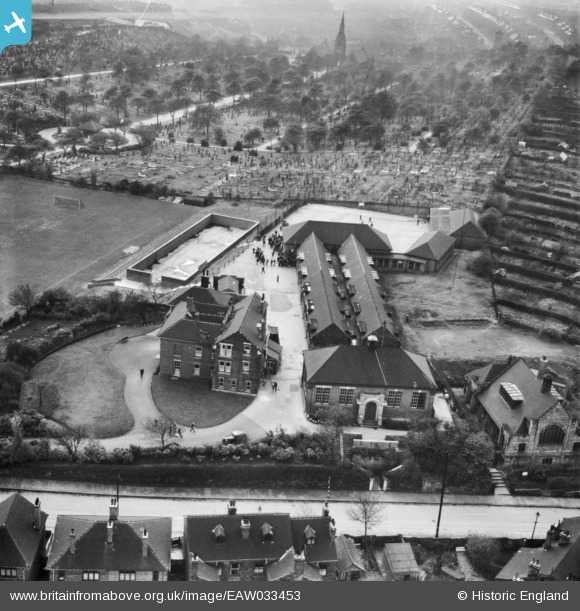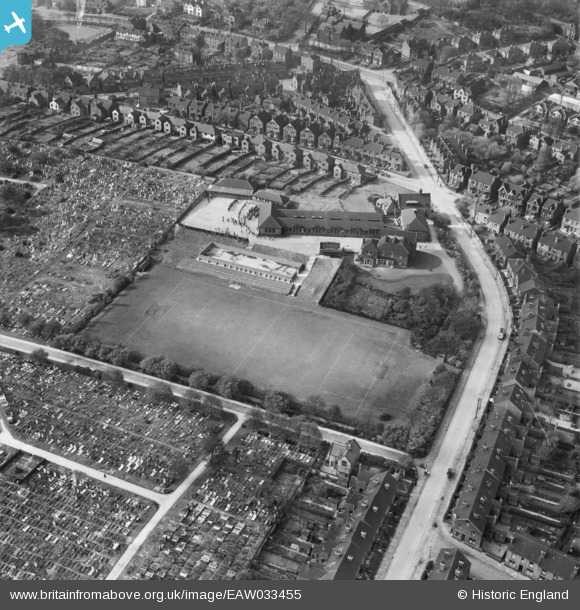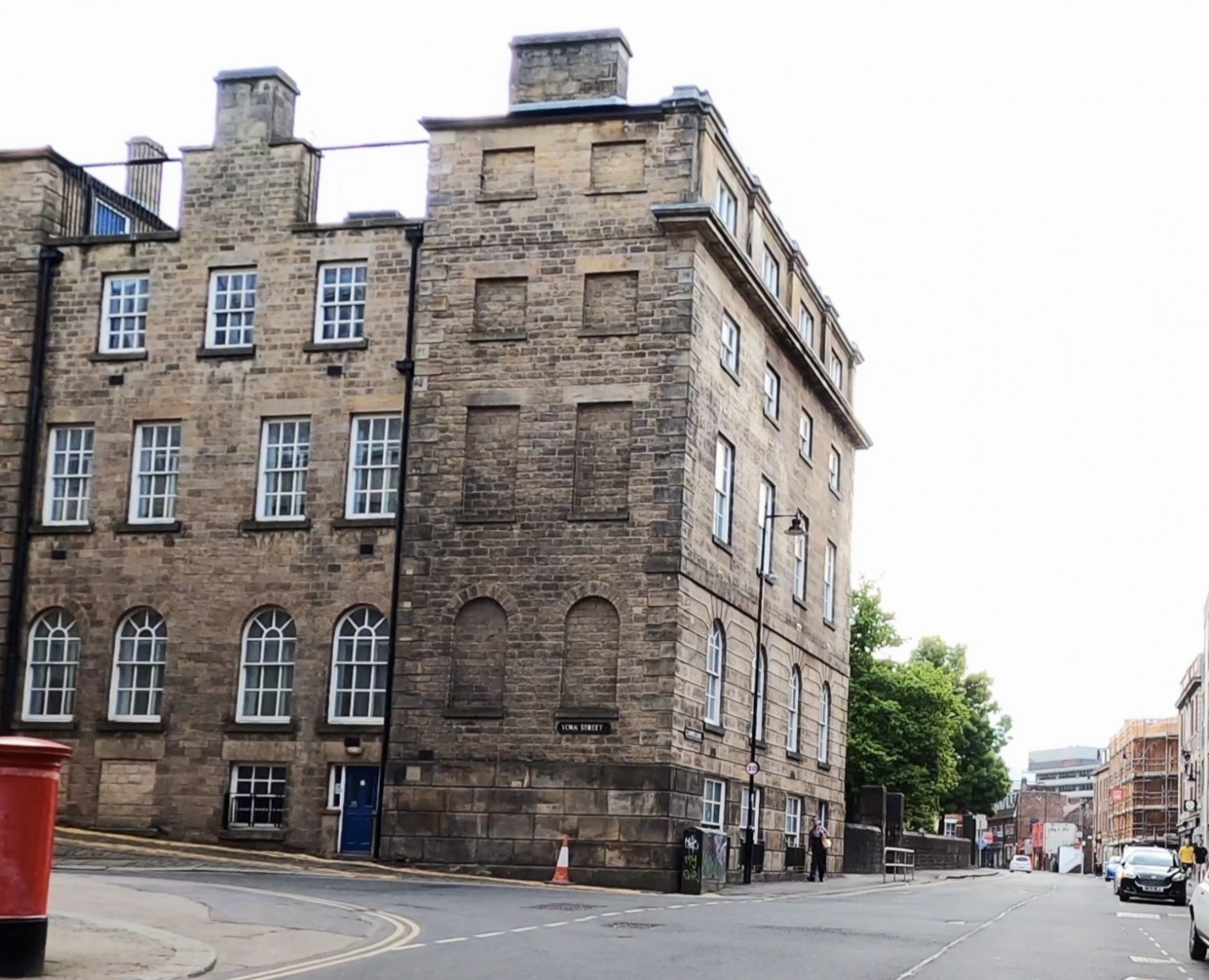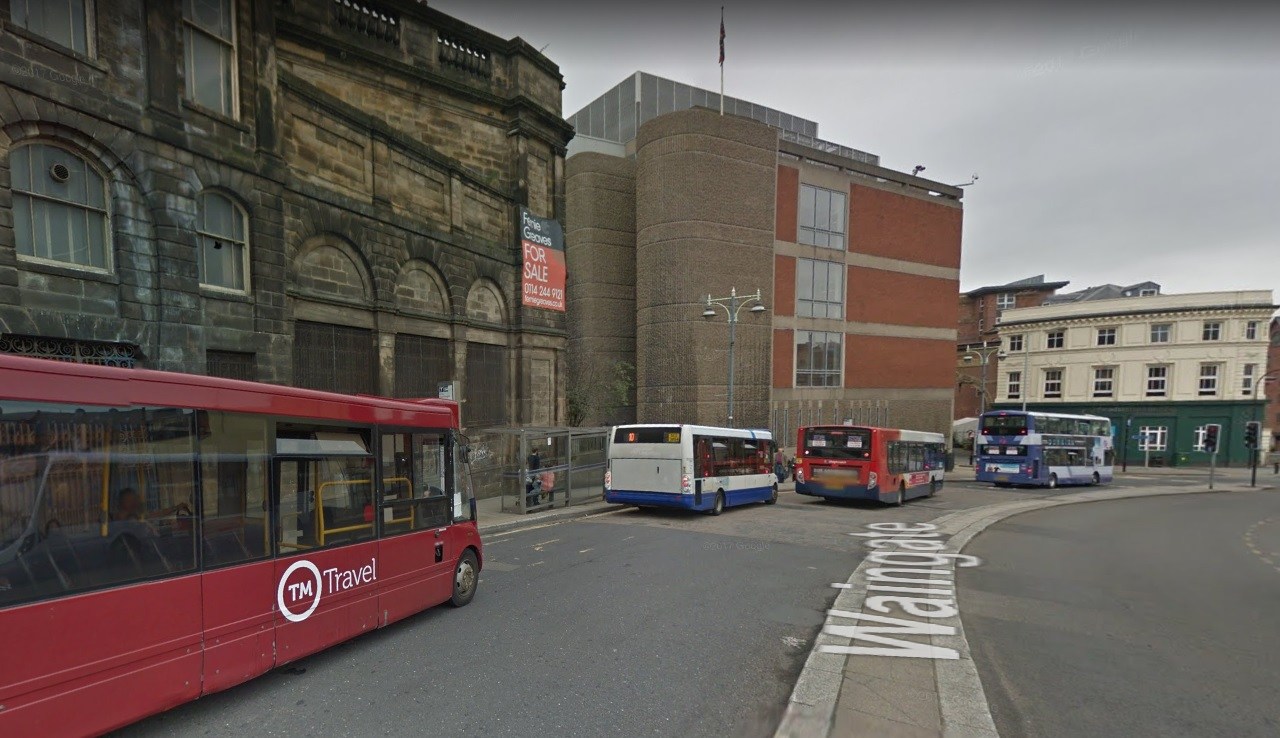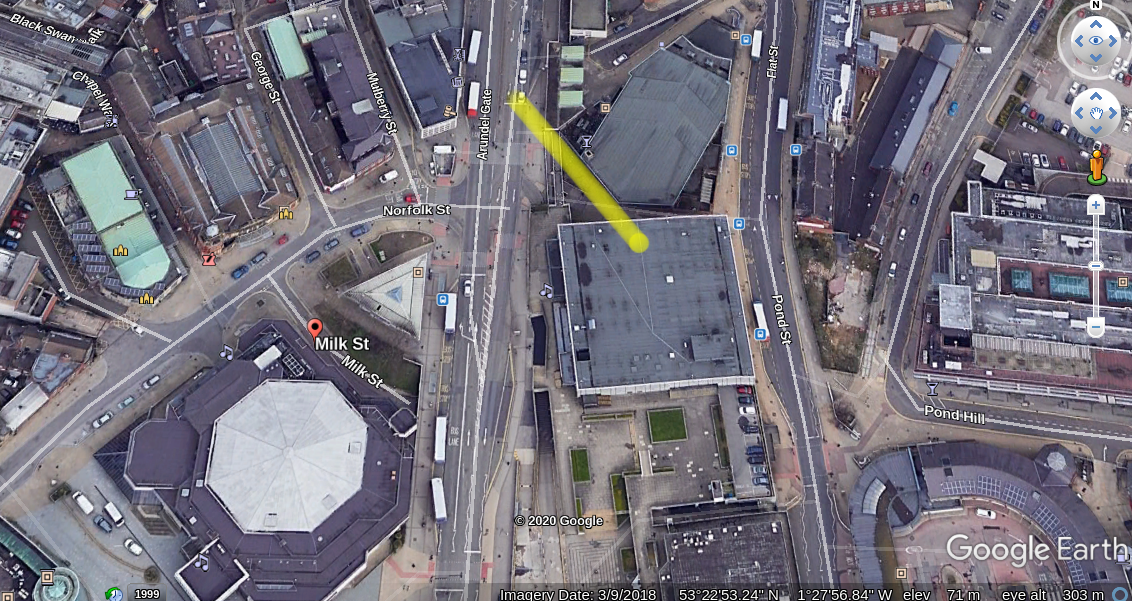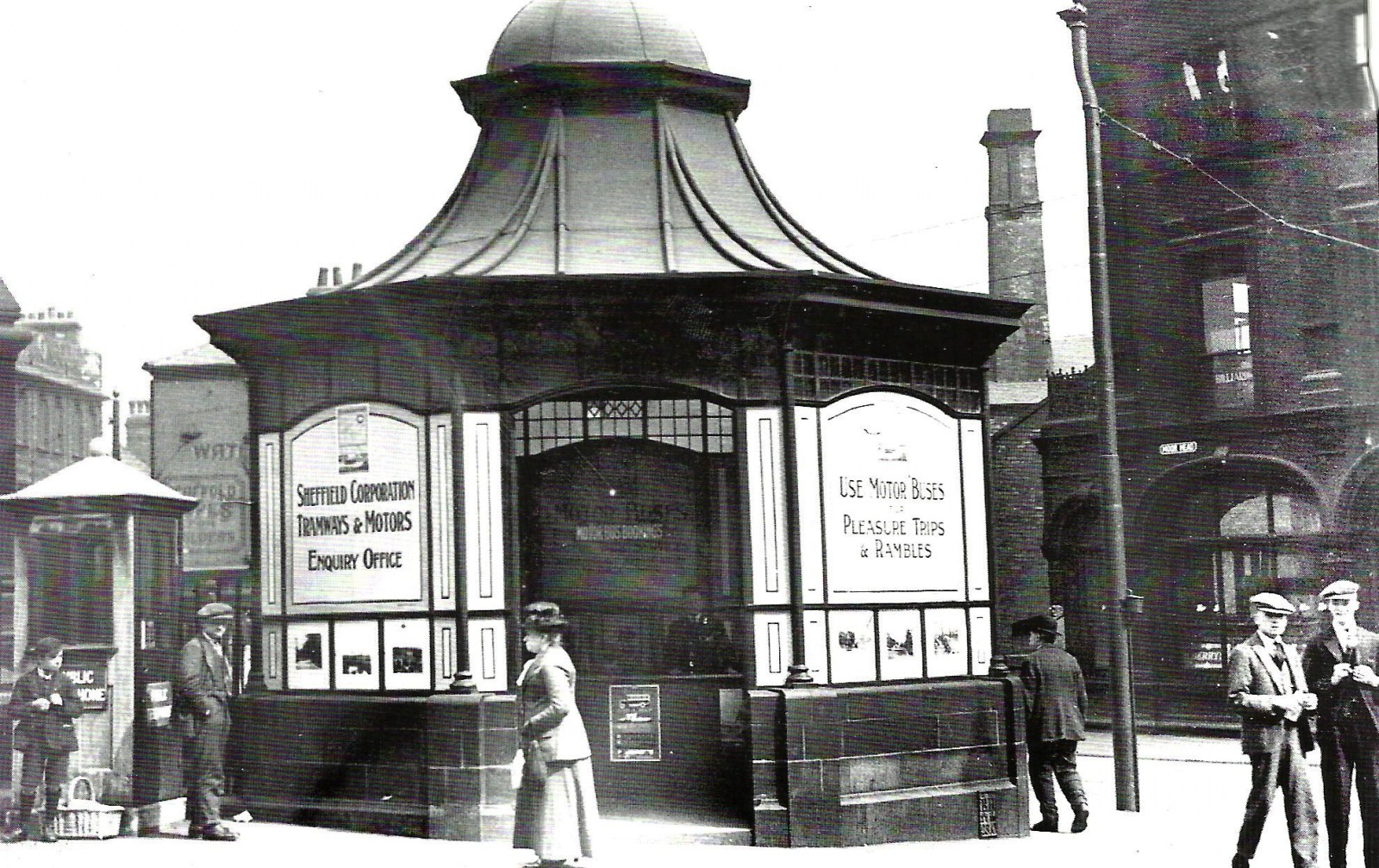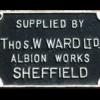Leaderboard
Popular Content
Showing content with the highest reputation on 14/05/20 in all areas
-
2 points
-
2 points
-
2 points
-
The view over the wall is that of the GPO building on Flat Street so the street where the cars are parked must be Milk Street (If I've remembered the name correctly). It was at the back of the plot of land where the Odeon was built running from Norfolk Street. Strangely enough, I can't remember the business premises with the name Horsefield.2 points
-
1 point
-
1 point
-
1 point
-
1 point
-
Hi again, I have an old copy of ‘The Working Man’s Model Family Botanic Guide‘ from the 1890s written by Sheffield herbalist William Fox (1810-1877) of Snig Hill and Castle St. Out of interest I have researched some of these herbalists - Fox died of liver & heart disease (despite all his herbal cures) in 1877 and his widow Mary Elizabeth Fox married (wait for it) Joseph Tomlinson soon after. Her son Alfred Russell Fox was a herbalist and town councillor for Crookesmoor and there is a prominent Fox family grave in Crookes cemetery with botanical carvings on it.1 point
-
1 point
-
SteveHB the link doesn't work anymore (for me at least) I hope you don't mind me putting this one on, I think it may be the same. http://www.friendsofburngreavecemetery.btck.co.uk/1 point
-
If you've been to the National Emergency Services Museum on West Bar, you might have seen the Dalek shaped wartime air raid/fire warden shelter? Originally located on the roof of the Sheffield Twist Drill on Summerfield Street, it was fabricated by the firm's maintenance department to provide some protection for the guy on fire watch duty. You can see the location of the shelter in these Britain from Above photographs taken in 1948.1 point
-
My cousin did. He was a shop steward when the company was well known for its relatively high rates of pay and being on strike, seemingly,, more often than they were working. 🤔1 point
-
They were Undertakers as well as running passenger coaches etc. Are they related to Tomlinson and Windley, currently Funeral Directors of Crookes?1 point
-
1 point
-
1 point
-
1 point
-
1 point
-
A lot of character was lost from the area with their demolition, I used the tool shop a lot.1 point
-
1 point
-
From the blurb on the site: Help Click a subject to view help. - What is LIDAR? LIDAR is a technology which uses laser light to create a 3D representation of the earth's surface. It can be used to find archaeological features which are not immediately visible from the ground or through traditional satellite images. DSM LIDAR DSM (Digital Surface Modelling) includes all terrain and above-terrain features (e.g. buildings, trees etc). DTM LIDAR DSM (Digital Terrain Modelling) includes only terrain features and filters out above-terrain items. It can be useful in situations such as when researching a heavily wooded area.1 point
-
1 point
-
1 point
-
It was originally the Boys' Charity School, built in 1825, and it is a grade II listed building: https://historicengland.org.uk/listing/the-list/list-entry/1270817 This view is effectively the side and rear of the building - the main entrance appears to be on East Parade. Which is all I know about it (at the moment)1 point





